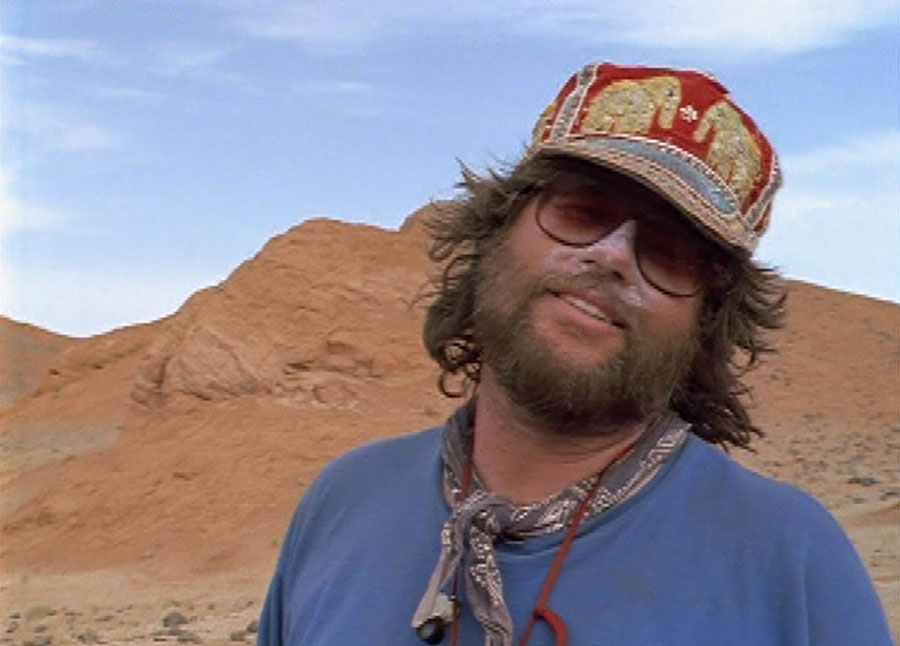The New Millennium for Fossil Exploration of the Gobi
By Michael J. Novacek
 The American Museum of Natural History in New York has had a long attachment for a barren desert more than 8,000 miles away. In the early 1920’s, the legendary Roy Chapman Andrews led a team from the museum to the glories of the Flaming Cliffs and other spectacularly rich sites of the Gobi in Central Asia’s Mongolia. More than 60 years later the museum was invited back to continue the search, and follow in Roy Chapman Andrews’s footsteps to the Flaming Cliffs and other Gobi sites.
The American Museum of Natural History in New York has had a long attachment for a barren desert more than 8,000 miles away. In the early 1920’s, the legendary Roy Chapman Andrews led a team from the museum to the glories of the Flaming Cliffs and other spectacularly rich sites of the Gobi in Central Asia’s Mongolia. More than 60 years later the museum was invited back to continue the search, and follow in Roy Chapman Andrews’s footsteps to the Flaming Cliffs and other Gobi sites.
In 1993, the American Museum – Mongolian Academy of Sciences team found a site far richer than even the famous Flaming Cliffs. The site, called Ukhaa Tolgod (the local Mongolian words for “Brown Hills”) has produced over a hundred skeletons of dinosaurs such as Oviraptor, Protoceratops, dromaeosaurs, ankylosaurs, and also hundreds of skulls of mammals and lizards. The discovery opens a whole new chapter in our understanding of the dinosaur-dominated communities of Central Asia.
In 2000 and 2001, we returned to Ukhaa Tolgod for more excavation and collecting of important fossils. Then we struck southwest some 80 miles to an area near Naran Bulak (“Sun Spring”) to look for some massive dinosaurs known to lie in the beds of the Nemegt Formation. Unlike the dinosaurs from the Flaming Cliffs and Ukhaa Tolgod, which actually occupied very sandy terrain, the Nemegt dinosaurs lived in a much wetter habitat, one laced with streams and covered with big trees.
At one of these localities, Tsagan Hsuhu, the team uncovered a beautiful 20-foot long skeleton of a young (“teenage!”) Tarbosaurus. In 2002, the expedition explored the eastern part of the Gobi where outcrops are not always so imposing, but good fossils are also abundant. This reconnaisance produced a series of good specimens of dinosaurs and mammals, and has enticed us to return in future seasons.
As Andrews appreciated, the Gobi is a big place – 500,000 square miles (about five Wyomings!) of gravel plains, sand dune fields, sculpted sandstone cliffs, and high mountains. There is still a lot to explore, and the next great bone strike could occur around the next bend of a canyon. Roy Chapman Andrews didn’t know of the fossil bounty of the Gobi when he first struck out for Central Asia 80 years ago. That his hunch paid off continues to offer tremendous opportunities for fossil discoveries today in this wild and lonely land.
Michael Novacek, who received the Society’s first Distinguished Explorer Award on February 21, 2003, is expedition leader for the American Museum – Mongolian Academy of Sciences Paleontological Expeditions that have occurred every year since 1990. He serves as curator of paleontology, senior vice-president, an provost of science for the American Museum of Natural History.

